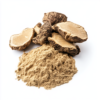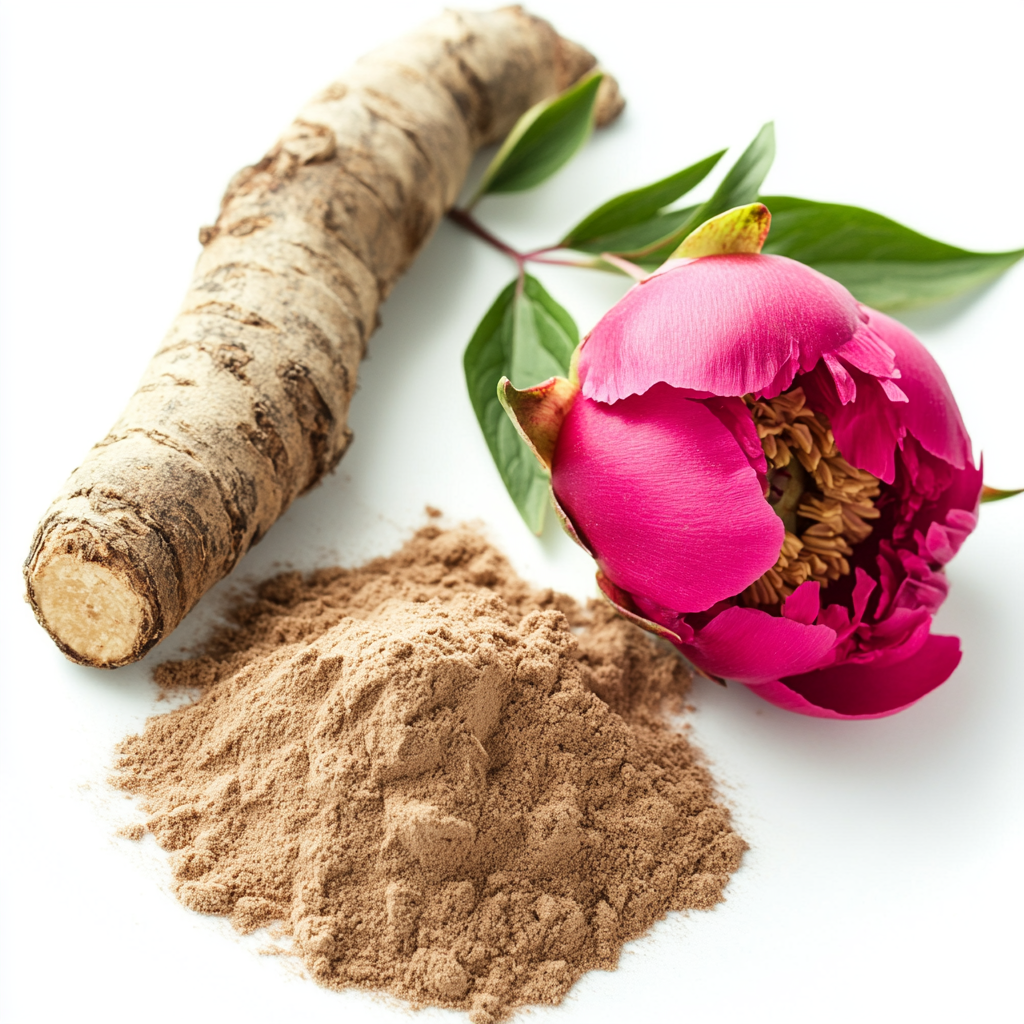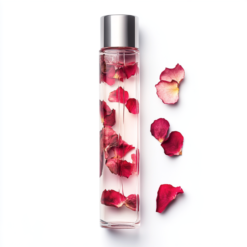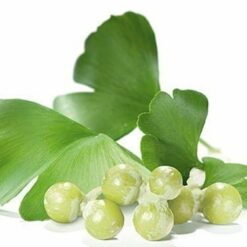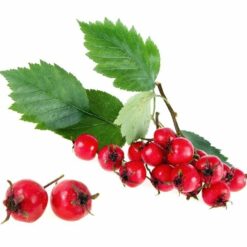Properties
Peony extract is in the form of a finely ground powder with a yellowish-brown color and a characteristic, slightly astringent odor. It is obtained by the aqueous method, with the addition of maltodextrin as a carrier.
The raw material shows a wide spectrum of biological activity, owing to the presence of compounds such as paeoniflorin, flavonoids, tannins and organic acids. It is traditionally used as a natural sedative, relieving nervous tension, anxiety and symptoms of premenstrual tension (PMS). It supports immune system function and aids the body in inflammation, pain and rheumatic conditions. Peony also has a diastolic and antiedematous effect, so it is sometimes used in relieving menstrual discomfort and circulatory problems. Some studies also point to its neuroprotective and adaptogenic potential.
In natural cosmetics, peony extract is valued for its antioxidant, brightening and soothing properties. It helps calm skin inflammation, reduce redness, supports the epidermal barrier and improves skin elasticity. Thanks to these properties, it is used in formulas for sensitive, vascular, irritated and mature skin – especially in anti-aging products.
Application and safety
Peony extract is used in:
Dietary supplements to support the nervous, endocrine and immune systems;
Preparations to relieve muscle pain, rheumatic pain and menstrual tension;
Soothing, anti-aging and brightening cosmetics for the face and body;
Products that support emotional balance and stress reduction.
Although peony is considered to have a high safety profile, like any plant ingredient it can cause an allergic reaction in particularly sensitive individuals. Symptoms such as itching, rash or irritation are very rare, but a skin test is recommended for the first use of cosmetics with its content. For oral supplementation, pregnant women, breastfeeding mothers and those taking anticoagulants should consult a doctor before starting use.


